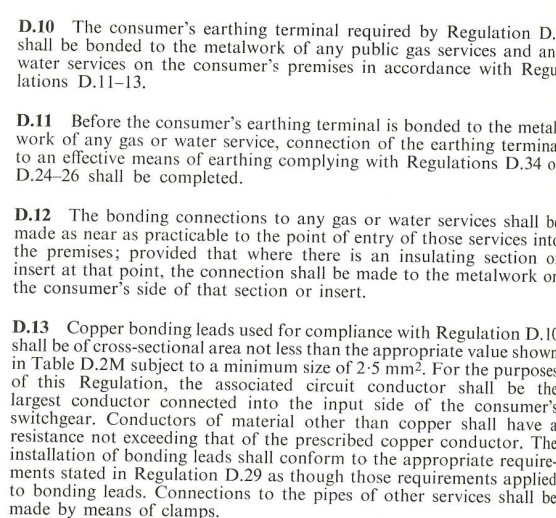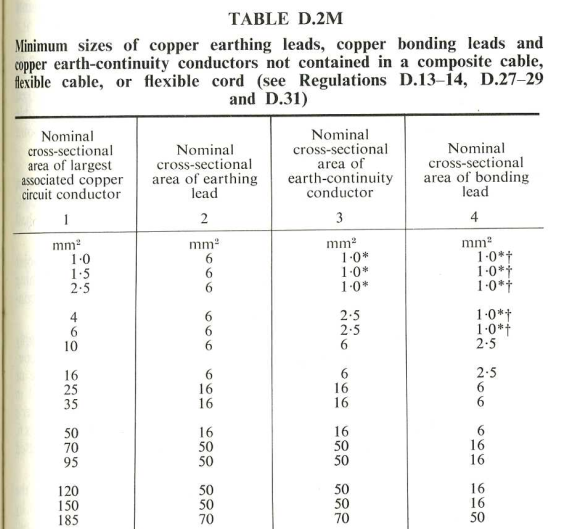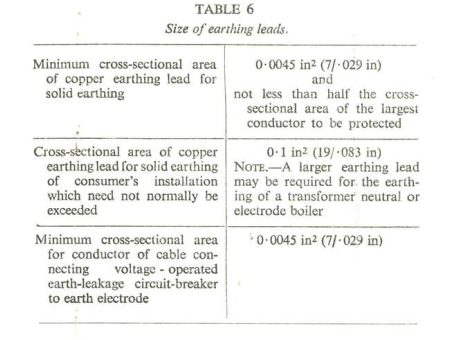Hi guys, just after a little information for myself really.
I changed a consumer unit today on what is almost certainly an early 1970s install. Current set up is PME, I have no reason to doubt it was always the same.
16mm tails with a 10mm earth. Main fuse has been down rated to 80amps at some point.
Wylex wooden fusebox with no back on a block wall in the garage. No sign of there ever been any sort of RCD or voltage operated device fitted as tails are straight into the back of the fusebox. No tell tail holes.
The wiring is original, all copper with an earth in the lighting.
My question relates to the bonding. It looks like a 2.5mm was used, it is certainly only a single strand. Was this ever acceptable ? It surprised me as the way the consumer unit was wired out and the standard of the wiring behind many of the original accessories looks very good so I think done by a decent sparky.
I don't believe this was ever a TT installation due to the lack of any type of trip.
Gary



